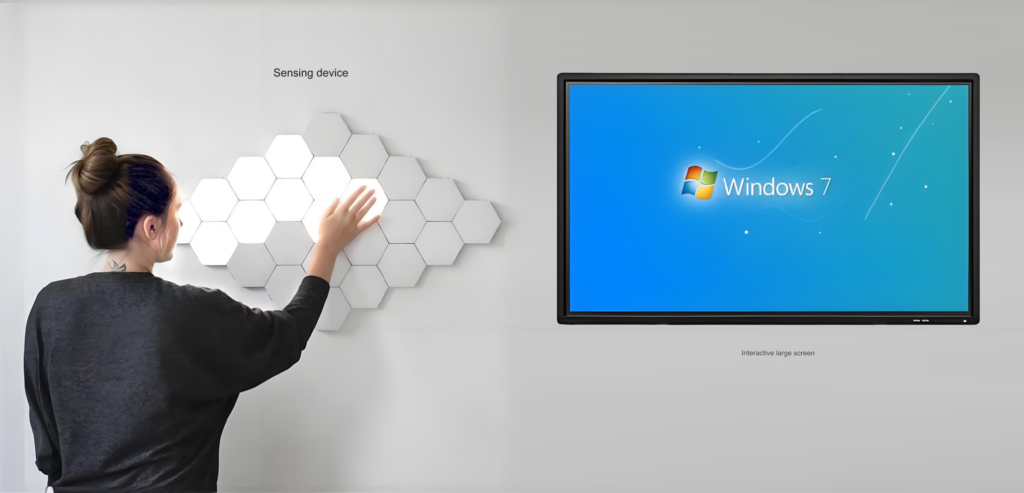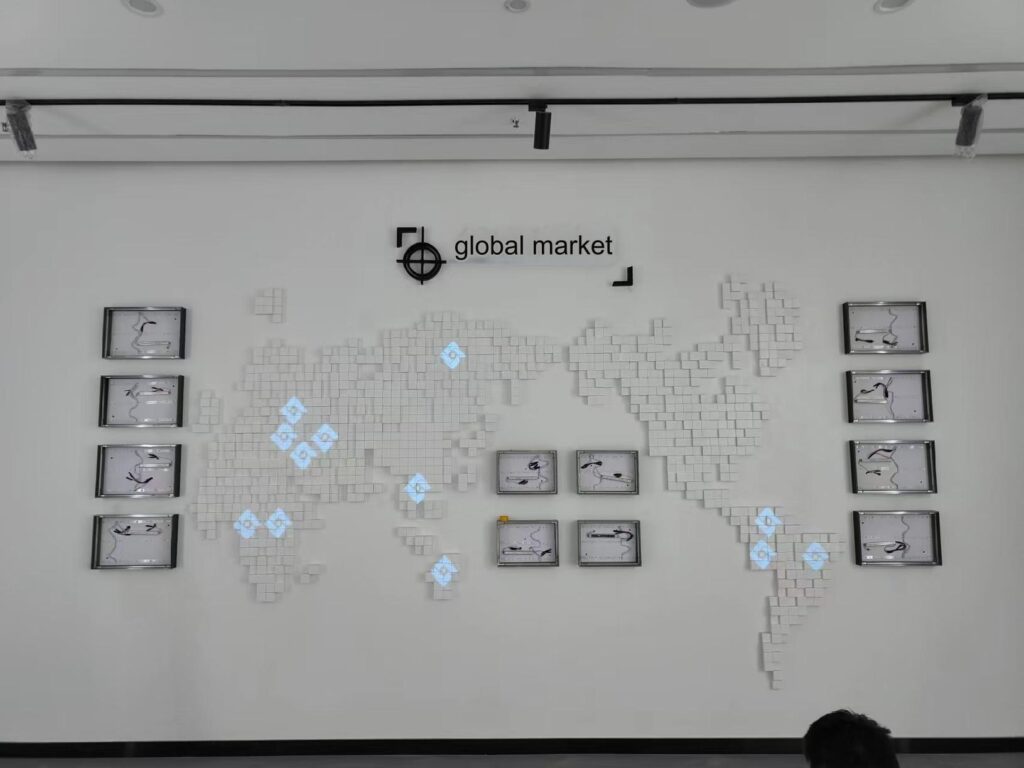In today’s rapidly evolving technological landscape, the way we experience exhibits and presentations is undergoing a dramatic transformation. Interactive light boxes and laser pointer systems have already made significant strides in enhancing visitor engagement, and the integration of LiDAR technology is set to propel this trend even further.
Understanding the Basics
- Interactive Light Boxes: These displays feature touch-sensitive surfaces that respond to user input, triggering multimedia content.
- Laser Pointer Systems: By pointing a laser at specific areas of a display, users can control multimedia content and trigger various effects.
- LiDAR (Light Detection and Ranging): This technology uses pulsed laser light to measure distances to objects. In the context of exhibits, LiDAR can create detailed 3D maps of the environment, enabling more precise and immersive interactions.

The Role of LiDAR in Interactive Exhibits
LiDAR technology brings a new level of precision and sophistication to interactive exhibits. Here’s how:
- Enhanced Spatial Awareness: LiDAR sensors can create detailed 3D maps of the exhibit space, allowing for more accurate tracking of user movements and gestures. This enables more natural and intuitive interactions.
- Gesture Recognition: By tracking the position and orientation of the user’s hands and body, LiDAR can enable a wide range of gesture-based interactions. This opens up new possibilities for gaming, simulations, and other immersive experiences.
- Object Recognition: LiDAR can identify and track objects in real-time, allowing for object-based interactions. For example, a visitor could interact with a virtual object by picking it up with their hands.
- Augmented Reality: LiDAR can be used to create augmented reality experiences, overlaying digital content onto the real world. This can be used to enhance exhibits with additional information or create interactive storytelling experiences.

Applications and Benefits
The combination of interactive light boxes, laser pointers, and LiDAR offers numerous benefits for exhibit designers and visitors alike:
- Immersive Experiences: By creating highly realistic and responsive environments, these technologies can transport visitors to new worlds and create unforgettable experiences.
- Enhanced Learning: Interactive exhibits can make learning more engaging and effective by allowing visitors to explore concepts hands-on.
- Data-Driven Insights: By tracking user interactions, exhibit designers can gather valuable data to improve future exhibits.
- Accessibility: These technologies can be used to create more accessible exhibits for people with disabilities.
Future Trends
As LiDAR technology becomes more affordable and widely available, we can expect to see even more innovative and immersive interactive exhibits. Some potential future trends include:
- Multi-user experiences: Multiple users can interact with the same exhibit simultaneously, creating shared experiences.
- AI-powered interactions: Artificial intelligence can be used to create more intelligent and responsive exhibits that can adapt to the user’s behavior.
- Haptic feedback: By providing physical sensations, haptic feedback can make interactive experiences even more realistic.
Conclusion
The integration of interactive light boxes, laser pointers, and LiDAR is revolutionizing the way we experience exhibits. These technologies offer unprecedented levels of interactivity, immersion, and personalization. As we continue to explore the possibilities of these technologies, we can look forward to a future where exhibits are not just passive displays, but dynamic and engaging experiences that inspire and delight.
Keywords: interactive exhibits, LiDAR, laser pointers, touch-sensitive displays, immersive experiences, exhibit design, museum exhibits, augmented reality, user engagement







